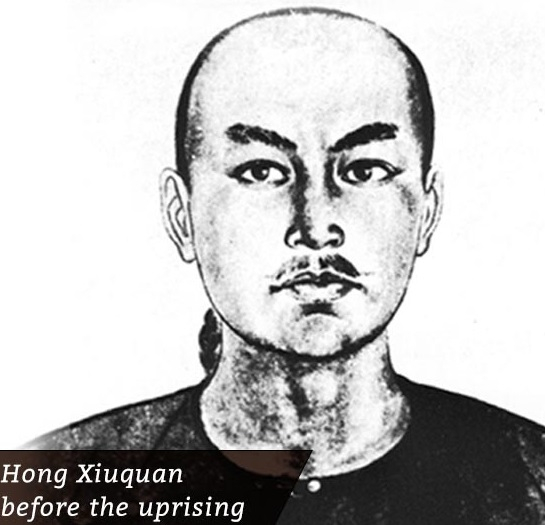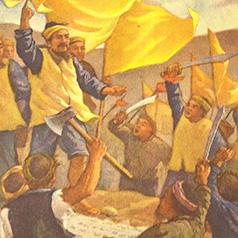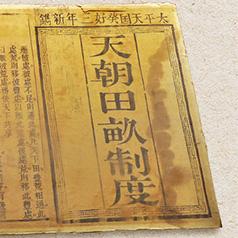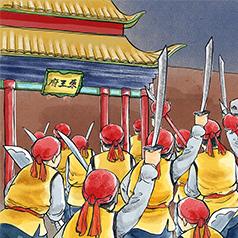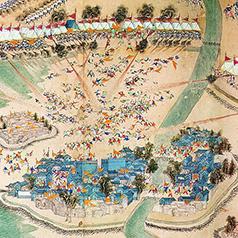
Taiping Rebellion (1851-1864)
The Taiping Rebellion: an Overview
During the mid-19th century in China, the Taiping Rebellion, a large-scale anti-Qing uprising, lasted for some 14 years and ravaged more than a dozen provinces. The resistance that it had sparked was carried on by rebel remnants and people nationwide, even after the fall of the rebellion’s self-styled kingdom, and continued well into the 1870s until being completely quelled.
The Taiping Rebellion: an Overview
During the mid-19th century in China, the Taiping Rebellion, a large-scale anti-Qing uprising, lasted for some 14 years and ravaged more than a dozen provinces. The resistance that it had sparked was carried on by rebel remnants and people nationwide, even after the fall of the rebellion’s self-styled kingdom, and continued well into the 1870s until being completely quelled.
(1) The Spread of Christianity in China and the Foundation of the God Worshipping Society
During the mid-19th century, the Taiping Rebellion erupted in China. The manifesto of the rebel leader Hong Xiuquan was influenced by Protestantism, a denomination of Christianity.
(2) The Jintian Uprising and Founding of the Heavenly Kingdom of Great Peace
Shortly after the Jintian Uprising on 11 January 1851, the God Worshippers founded their own nation in Yong’an City and named it the Heavenly Kingdom of Great Peace. In 1853, Nanjing was designated as the Kingdom’s capital and renamed Tianjing. A North-South standoff with the Taiping and the Qing forces holding south and north China respectively was thus created.
(3) Land Regulation and Gender Equality
Even amidst battles, the Heavenly Kingdom of Great Peace sought to build a new social system. Its advocacy of such as gender equality and its progressive land policy reforms were particularly noteworthy.
(4) Internal Strife within the Heavenly Kingdom of Great Peace
Once the Taiping Army had become an unstoppable force, infighting erupted among the rebel leaders. Not only did it cost several of the leaders their lives, but it also led to the Kingdom’s eventual demise.
(5) The Qing Government’s Counterattack Against the Taiping Rebellion
In an all-out attempt to quash the Taiping Rebellion, the Qing government established the Jiangnan and Jiangbei camps, allowed local officials and gentry nationwide to raise their own local militias, and recruited foreign mercenaries.
(6) Fall of the Heavenly Kingdom of Great Peace
In the Heavenly Kingdom of Great Peace’s final days, young generals such as the Heroic King, Chen Yucheng, and the Loyal King, Li Xiucheng, were all that stood between the Kingdom and certain doom. In 1864, Tianjing finally fell and the Kingdom came to an end. Nevertheless, Taiping’s influence continued to ripple through China.
(7) Uprisings by Remnants of the Taiping Rebels, the Nian Rebels, and Ethnic Groups
After the failure of the Taiping Rebellion, the remnants of Taiping rebels, the Nian rebels, and ethnic groups in different parts of China continued to resist the Qing regime, threatening its rule.




